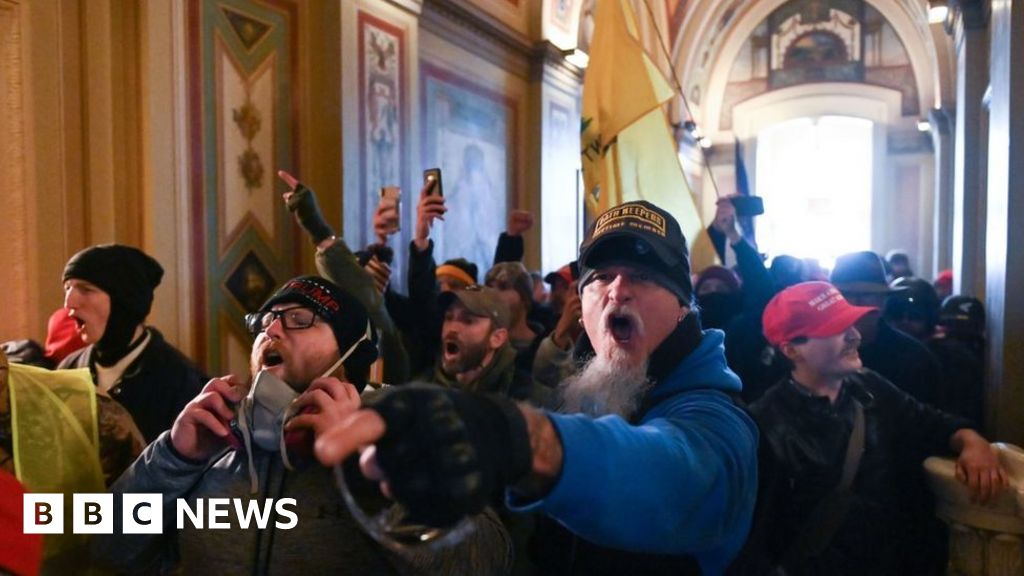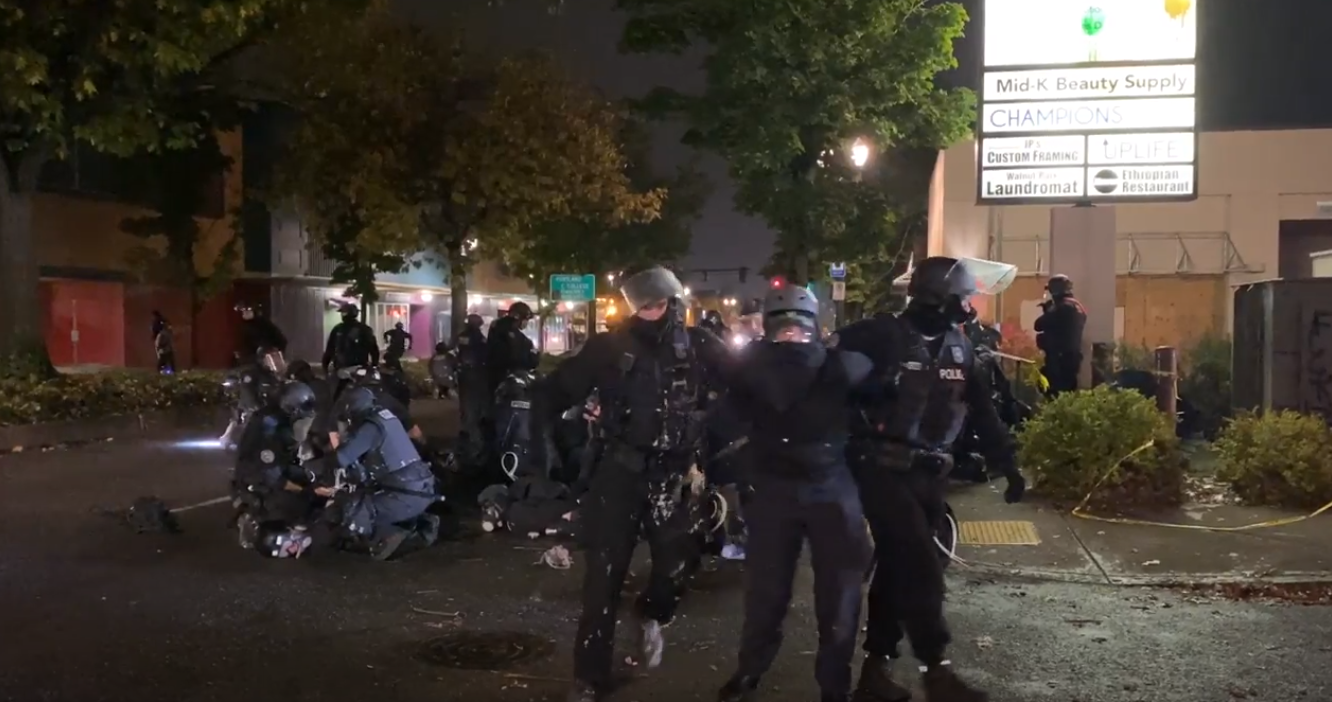

There’s no drag-and-select-all, and no way to squash the units together. If you want to send back a volley of rocks, it’s the same process. For example, if you want to send a volley of gas canisters, you need to cycle through each ballistics unit to do so. Even selecting units is a pain and the units’ abilities must be activated individually, meaning that to get multiple units to do the same thing in near-unison you have to quickly swap between them using the tab button (or, heaven help you, trying to locate and click on the right unit in the crowd) then activating their power from a button at the top of the screen. All fights come down to a shoving match of furious clicking, and units rarely follow your instructions with any accuracy or reliability. But none of it can mask the poorly-designed tactical street fighting. Crowds surge, flames whip around, the ground becomes littered with flags and protest signs. The bustling pixel art battlegrounds are as handsome as they have always seemed in tweets and trailers. Sadly, the opportunity is missed, leaving only a damp, unlit firecracker of a game, both annoying to play and strangely voiceless.įirst, let’s look at the gamey bits. Failing that, the unusual theme might at least galvanise the RTS elements, creating some fresh ideas. The politically-charged settings suggest it might have something to say about power of protest, responsibilities of government, the lure of street violence or a cocktail of these grey topics. It sounds like excellent fuel for a big street-fire of civil disobedience and martial response. This is important, since the objective on the single-screen map is usually about locking down an area, preventing the cops from advancing, or slowly pushing down a street yourself, always against a short timer. So long as morale is okay (a small, barely noticeable meter next to the groups icon) the unit won’t flee. One of the most useful tactics for protesters is to sit on the ground and raise their hands in a ‘hold position’ stance. Only violent units can throw petrol bombs or rocks, for example. This limits what each group of protestors can do. They have greater numbers but are limited to either violent or non-violent, an icon above their heads depicting either an open palm or a closed fist. Finally, a ballistics unit can fire gas canisters, plastic bullets or (in some cases) live ammo into the crowd.īy comparison, the grouped protester units are straightforward. A shielded class push slowly forward, displacing civilians by marching in a disciplined line and shouting. An assault class can charge at the protesters, laying into them with truncheons or turning back early, happy to have scattered the crowd with a forceful advance. The police are split into specialist units. The story mode gives you a few levels in each country and asks you to control baton-wielding riot cops or a crowd of protesters. But Riot not only manages to say nothing noteworthy about any of these conflicts, it also shows little competence as a game. Because of this, you might expect it to be a political powderkeg. It focuses on real world popular uprisings and protest movements like the Arab Spring, the Indignados, and the environmental protesters of Italy and Greece. It’s an RTS of street tactics where you control either rioters or the police, seeking to control the plazas and highways of Egypt, Spain and other nations grazed by disorder in the past decade.

The molotov cocktails and pixel fires of Riot – Civil Unrest have lit up on early access.


 0 kommentar(er)
0 kommentar(er)
